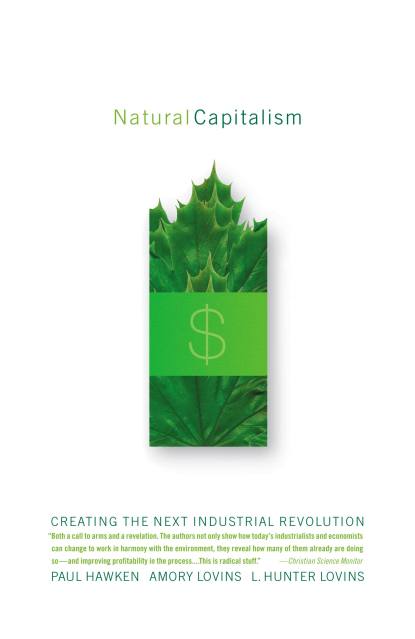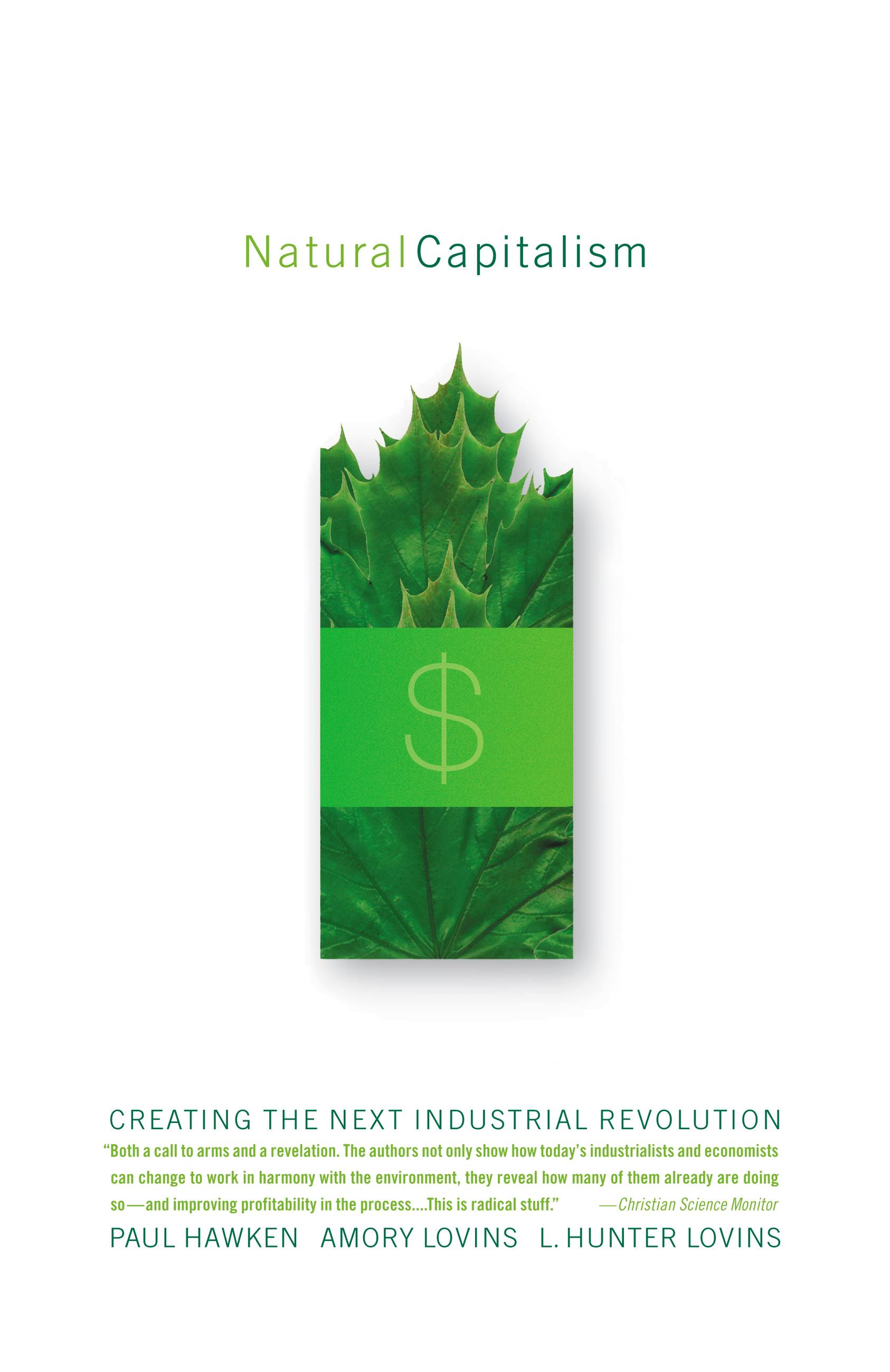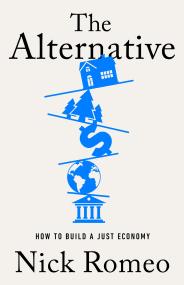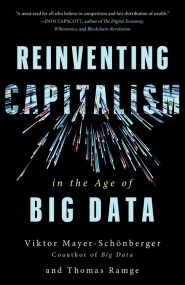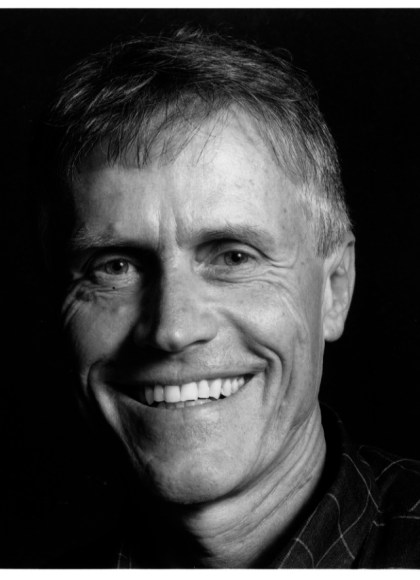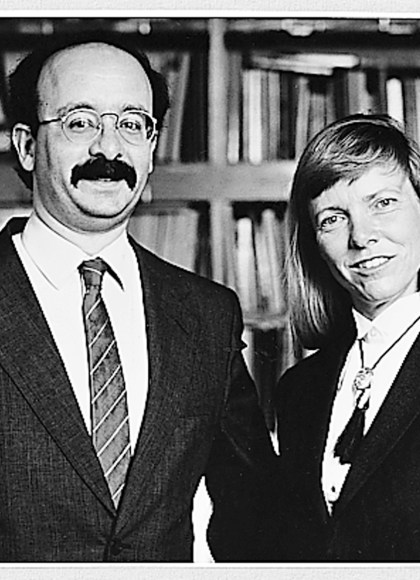Promotion
Shop now and save 20% on your back-to-school purchases & get free shipping on orders $45+ Use code: SCHOOL24
Natural Capitalism
Contributors
By Paul Hawken
By Amory Lovins
By L. Hunter Lovins
Formats and Prices
Price
$11.99Price
$15.99 CADFormat
Format:
- ebook $11.99 $15.99 CAD
- Trade Paperback $19.00 $25.00 CAD
This item is a preorder. Your payment method will be charged immediately, and the product is expected to ship on or around October 15, 2007. This date is subject to change due to shipping delays beyond our control.
Also available from:
- On Sale
- Oct 15, 2007
- Page Count
- 416 pages
- Publisher
- Little, Brown and Company
- ISBN-13
- 9780316031530
Newsletter Signup
By clicking ‘Sign Up,’ I acknowledge that I have read and agree to Hachette Book Group’s Privacy Policy and Terms of Use
